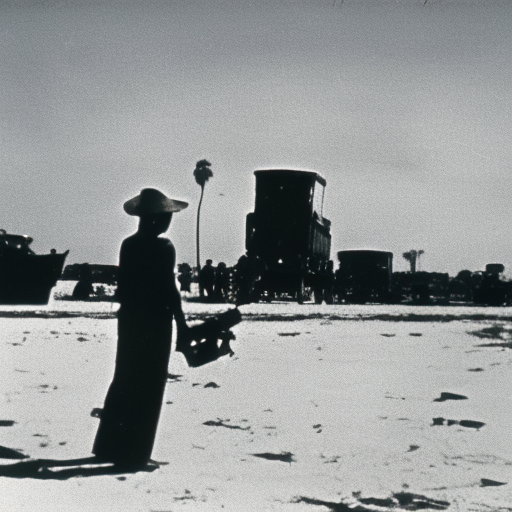The Cuban Revolution: Overthrowing Batista and Establishing a Socialist State
The Cuban Revolution was a major political and social upheaval that took place in Cuba between 1953 and 1959. Led by Fidel Castro and a group of revolutionaries, the movement sought to overthrow the authoritarian regime of President Fulgencio Batista and establish a socialist state in Cuba.
Background:
Cuba had been under the control of the United States since the Spanish-American War in 1898. The U.S. supported various dictators and maintained significant economic and political influence over the island. Batista, a former army sergeant, came to power through a military coup in 1952 and ruled with an iron fist, suppressing political dissent and allowing widespread corruption.
The Attack on the Moncada Barracks:
On July 26, 1953, Castro and his followers launched an attack on the Moncada Barracks in Santiago de Cuba, hoping to spark a popular uprising against Batista. The attack failed, and many of the rebels were captured or killed. Castro and his brother Raúl were among those captured but managed to escape imprisonment.
Guerrilla Warfare and Popular Support:
Following their escape, the Castro brothers regrouped and fled to the Sierra Maestra mountains, where they began organizing a guerrilla movement against Batista’s regime. Over the next few years, they gained support from peasants, workers, and intellectuals who were disillusioned with Batista’s rule. The rebels, known as the 26th of July Movement, carried out ambushes and hit-and-run attacks on government forces.
International Support:
The Cuban Revolution gained international attention and support, particularly from left-wing movements and governments in Latin America. Castro’s charismatic leadership and his promise to end U.S. domination in Cuba resonated with many who saw the revolution as a symbol of anti-imperialism and social justice.
Final Offensive and Victory:
In 1958, the rebels launched a final offensive against Batista’s forces, winning a series of decisive battles. The urban population, disillusioned with Batista’s regime, joined the rebels in large numbers. On January 1, 1959, Batista fled the country, and Castro’s forces took control of Havana, marking the end of the revolution.
Post-Revolutionary Reforms:
After seizing power, Castro implemented a series of radical reforms aimed at transforming Cuba into a socialist state. These reforms included the nationalization of industries, the redistribution of land, and the establishment of a centrally planned economy. The government also implemented social programs to improve education, healthcare, and housing.
Relations with the United States:
The Cuban Revolution strained relations between Cuba and the United States. The U.S. government viewed Castro’s regime as a threat to its interests in the region and imposed economic sanctions on Cuba. In 1961, the U.S. supported an unsuccessful invasion of Cuba by Cuban exiles at the Bay of Pigs. The following year, the Cuban Missile Crisis brought the world to the brink of nuclear war as the Soviet Union deployed nuclear missiles in Cuba.
Legacy:
The Cuban Revolution had a profound impact on Cuba and the world. It inspired other revolutionary movements in Latin America and Africa and became a symbol of resistance against imperialism. However, the revolution also led to political repression and limited civil liberties in Cuba. Castro remained in power until 2008 when he handed over the presidency to his brother Raúl. Despite ongoing economic challenges and political controversies, the Cuban Revolution continues to shape the country’s identity and its relationship with the world.












